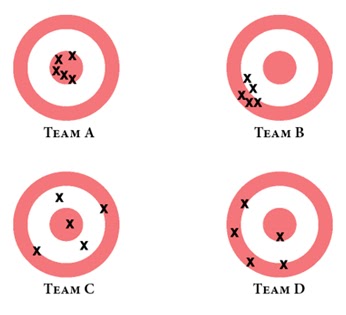Why India is so Bad at Core Services
Karthik Muralidharan wrote this long (900+ pages) but excellent book, Accelerating India’s Development , on how to improve India’s governance. He starts by asking the question everyone laments, “Why is the Indian state (government) so ineffective at delivering core services?” The answer is far more complex than the usual suspects. The first generation of independent India’s leaders had suffered in jail and under British rule: “(This gave them the) motivation and public trust to focus on nation-building investments because electoral success was virtually guaranteed.” As time passed, electoral success was no longer guaranteed. Inevitably then, electoral incentives changed the focus of politicians to “providing visible benefits”. Long-term good, sadly, does not fall in that category. Building new schools is visible and immediate; providing quality education is neither. In addition, we became a democracy with universal adult franchise right at inception. No Weste...


